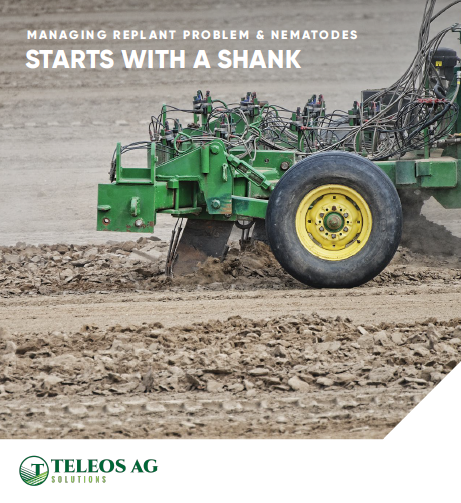Walnut Bot Canker And Blight Management Update
Botryosphaeria (Bot) canker and blight can significantly reduce yields, and in a wet spring, the disease could be more prevalent.
According to a recent article on Bot canker and blight management from University of California researchers, for infection to occur, there must be at least a ¼-inch of water on susceptible tissue, and the temperature must be 50° F or higher.
Bot most commonly affects walnut orchards in the form of blighted shoots and twigs, as well as blackened hulls that remain on the trees. Infection can happen in the spring and remain latent, so a grower may not notice any symptoms until late summer or early fall.
Pruning Considerations
Pruning timing should be carefully deliberated. “We know that pruning wounds are susceptible for up to four months after the cut,” says Janine Hasey, UCCE Farm Advisor for Sutter, Yuba, and Colusa Counties.
Hasey and fellow researchers are in the process of conducting a pruning trial that will include a Bot plot in which wounds will be sprayed with fungicides and different types of tree sealants. These products will be tested to determine their efficacy in protecting wounds. Previously completed trials showed that spraying pruning wounds did not reduce infection consistently.
Fungicide Application
The researchers found that three sprays were just as effective as a four-spray Bot management program. They also found that, in a low-disease year, if a grower is only going to apply one spray, the best time to do it is in late June or July.
“For growers at this point, with the price of walnuts, we need to hone in on the most effective spray timing, because they can’t afford a lot of sprays anymore,” Hasey says. “But, they can’t afford not to protect the trees.”
Additional spray timing research will be conducted this year.
Sanitation Is Key
Hasey says dead wood removal is critical when it comes to managing Bot. “If growers have Bot and they don’t remove the dead wood, which are inoculum sources, that could lead to a buildup of the Bot in the orchard,” she explains.
She recommends checking the orchard for dead wood in late spring or summer, once trees have leafed out, but before fall when rain is more likely.
Although complete wood removal is the best defense in infected orchards, the researchers found that chipping pruned wood reduced the ability to cause infection by two-thirds. However, about 30% of the spore-bearing pycnidia on the wood chips could still produce spores. The next step is to determine if these pycindia will overwinter in the chipped wood.
In young orchards that may be only lightly infected, complete removal and destruction of the prunings is advised.









